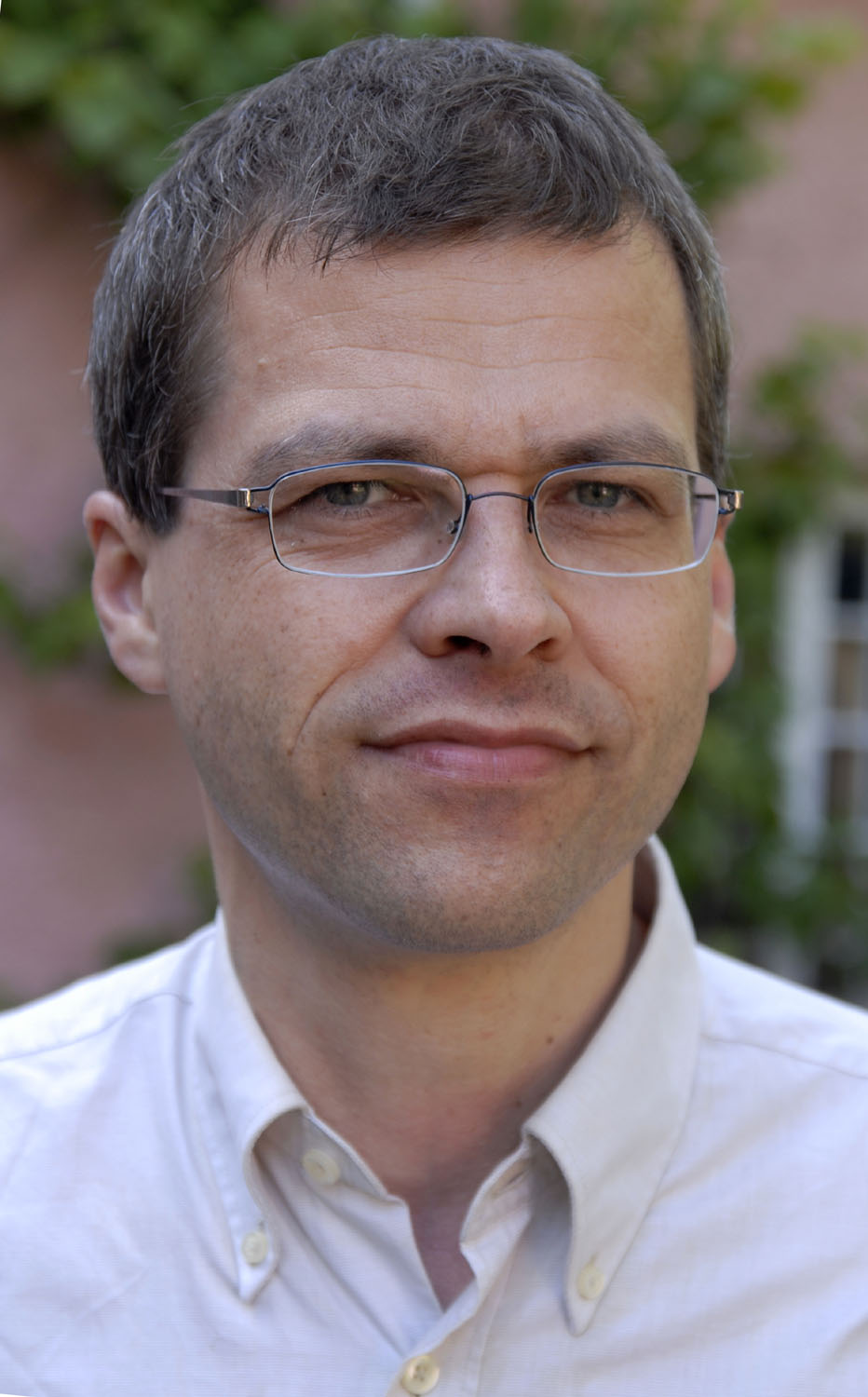非常抱歉,
你要访问的页面不存在,
非常抱歉,
你要访问的页面不存在,
非常抱歉,
你要访问的页面不存在,
验证码:

职称:Mary H. Cain Distinguished Professor of Art History European Art 1100-1650, European Architecture
所属学校:University of North Carolina at Chapel Hill
所属院系:art
所属专业:Art History, Criticism and Conservation
联系方式:(919) 962-2211
Christoph Brachmann joined UNC’s Art department in fall 2010, having taught previously at the Technical University of Berlin, Germany (1994-2009). He specializes in the art and architecture of medieval and early modern Europe, with an emphasis on French and German art including the artistic exchange of these two European countries. Another field of his interest is 19th and 20th century architecture. Professor Brachmann received his M.A. in Art History from Otto-Friedrich-University Bamberg and his Ph.D. from Technical University Berlin. His research combines traditional art historical methods with functional, religious, liturgical, (socio-)historical and political questions. He received grants and fellowships from the federal state of Berlin (“NaFöG-Promotionsstipendium“, 1991-1993) and the Deutsche Forschungsgemeinschaft (DFG, German Research Foundation; “Habilitandenstipendium“, 2000-2002). Professor Brachmann is the author of seven books and co-editor of one book (see below). His first Gotische Architektur in Metz unter Bischof Jacques de Lorraine (1239-1260): Der Neubau der Kathedrale und seine Folgen [Gothic Architecture in Metz under Bishop Jacques de Lorraine (1239-1260): The new Gothic Cathedral and its Aftereffects] studied the new gothic building of Metz Cathedral in the context of the large-scale and apparently centrally controlled redevelopment of the entire family of churches at this city including a great variety of abbey and parish churches and even secular buildings. Professor Brachmann’s field of interest expanded with his book ‘Fama – Memoria – Historia: Schlachtengedenken und Identitätsstiftung am lothringischen Hof (1477-1525) nach dem Sieg über Karl den Kühnen’ [Memoria – Fama – Historia: Battle-Memory and the Creation of a National Identity at the Lorraine Court (1477-1525)] to the 15th and 16th centuries. The study examines the late-medieval, early-modern court art of the Dukes of Lorraine. Interestingly, ducal donations during this period concentrated almost exclusively on art works commemorating the Battle of Nancy (1477). The unusually diverse commemoration and staging of this triumph – including historiographical works, plays, manuscript paintings, stained glasses, monuments, sculptures and architecture – developed over several generations to great public resonance clearly aimed at advancing the cause of a new proto-“national“ identity for Lorraine. Professor Brachmann’s current research includes: –Cultural and artistic exchange in medieval and early modern transfer and border regions, especially in Lorraine –The so-called Naumburg Master: The reception of French gothic art and architecture in the Holy Roman Empire in the 13th century and its systematic –15th century Burgundian sculpture and the question of serial production, of ‘type’ and ‘style’ –The Duchess Philippe de Gueldres (1465-1545) and female spirituality in the 16th century –Religious controversy and art in Lorraine, 1525-1560 –Court art of Emperor Rudolf II (1576-1612)
Christoph Brachmann joined UNC’s Art department in fall 2010, having taught previously at the Technical University of Berlin, Germany (1994-2009). He specializes in the art and architecture of medieval and early modern Europe, with an emphasis on French and German art including the artistic exchange of these two European countries. Another field of his interest is 19th and 20th century architecture. Professor Brachmann received his M.A. in Art History from Otto-Friedrich-University Bamberg and his Ph.D. from Technical University Berlin. His research combines traditional art historical methods with functional, religious, liturgical, (socio-)historical and political questions. He received grants and fellowships from the federal state of Berlin (“NaFöG-Promotionsstipendium“, 1991-1993) and the Deutsche Forschungsgemeinschaft (DFG, German Research Foundation; “Habilitandenstipendium“, 2000-2002). Professor Brachmann is the author of seven books and co-editor of one book (see below). His first Gotische Architektur in Metz unter Bischof Jacques de Lorraine (1239-1260): Der Neubau der Kathedrale und seine Folgen [Gothic Architecture in Metz under Bishop Jacques de Lorraine (1239-1260): The new Gothic Cathedral and its Aftereffects] studied the new gothic building of Metz Cathedral in the context of the large-scale and apparently centrally controlled redevelopment of the entire family of churches at this city including a great variety of abbey and parish churches and even secular buildings. Professor Brachmann’s field of interest expanded with his book ‘Fama – Memoria – Historia: Schlachtengedenken und Identitätsstiftung am lothringischen Hof (1477-1525) nach dem Sieg über Karl den Kühnen’ [Memoria – Fama – Historia: Battle-Memory and the Creation of a National Identity at the Lorraine Court (1477-1525)] to the 15th and 16th centuries. The study examines the late-medieval, early-modern court art of the Dukes of Lorraine. Interestingly, ducal donations during this period concentrated almost exclusively on art works commemorating the Battle of Nancy (1477). The unusually diverse commemoration and staging of this triumph – including historiographical works, plays, manuscript paintings, stained glasses, monuments, sculptures and architecture – developed over several generations to great public resonance clearly aimed at advancing the cause of a new proto-“national“ identity for Lorraine. Professor Brachmann’s current research includes: –Cultural and artistic exchange in medieval and early modern transfer and border regions, especially in Lorraine –The so-called Naumburg Master: The reception of French gothic art and architecture in the Holy Roman Empire in the 13th century and its systematic –15th century Burgundian sculpture and the question of serial production, of ‘type’ and ‘style’ –The Duchess Philippe de Gueldres (1465-1545) and female spirituality in the 16th century –Religious controversy and art in Lorraine, 1525-1560 –Court art of Emperor Rudolf II (1576-1612)